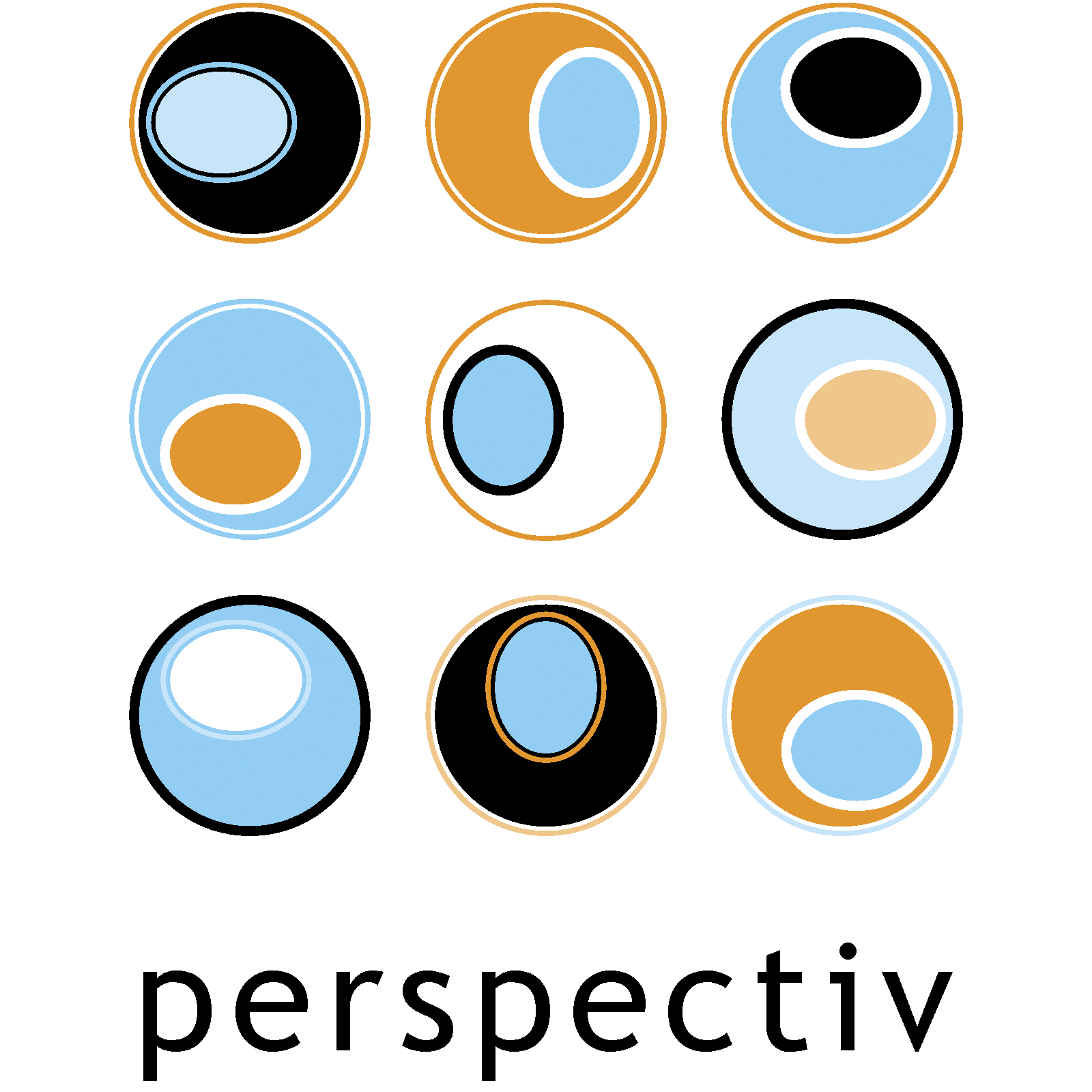Innovating business
To thrive in a competitive landscape, businesses must be willing to adapt – but what is innovation? This article is copyright London Stock Exchange Group (LSEG) and was written in collaboration with Bethan Rees.
Peter Drucker, a well-regarded educator and management consultant whose work contributed to the foundations of modern business management, notably said: ‘If you want something new, you have to stop doing something old.’ In other words, for a business to flourish, it is crucial to continually innovate and improve. A 2017 PwC study of global CEOs found that 23% had innovation at the top of their priority list for the year ahead. But how can a business even begin to think about innovating? Let’s start at the beginning.
What is innovation?
Dr Sara Jones, Course Director for the interdisciplinary Master’s in Innovation, Creativity and Leadership (MICL) at Bayes Business School, defines innovation as ‘newness that is useful’. Through a business lens, innovation can be about better processes, products and ideas – but it’s also much more than just the traditional notion of creating and implementing digital technological solutions.
Andy Wilkins, Founding Partner at Perspectiv who teaches the Delivering Innovation module on the MICL, takes the explanation further: ‘This isn’t just a topic for IT, technical and engineering, nor is it limited to a department or classic innovation domains such as new service and product development. Mindsets can be innovated. Processes can be innovated. The workplace environment and climate can be innovated. Marketing, HR, Finance and Operations approaches can be innovated, too.’
Practical experience at the London Stock Exchange Group (LSEG) workplace bears this out. For instance, the development of a more supportive and creative approach to flexible working is one innovation that has benefitted an increasing number of colleagues across the Group in recent years.
Andy continues: ‘Some see innovation, creativity, problem-solving and change as the same thing. In some respects, they have a common ground in that they are all are about gap-closing. Some say you can have creativity without innovation, but you cannot have innovation without creativity.’ The correct innovative techniques can not only help a business save time and money but also deliver a competitive lead in the business marketplace.
Myths about innovation
With creativity being such a vital part of innovation, there may be those who think it’s not for them. But Andy says we are all creative by our very nature: ‘Homo sapiens, or human beings, are thinking beings, and therefore by being able to think, you are automatically creative. It’s what separates us from any other species.’
Also, whereas many people may assume that innovation requires radical change, Sara and Andy argue that it is all about incremental improvement and taking it one step at a time. And, closer to home, their argument is strongly supported by many recent LSEG innovations.
In October 2019, for example, LSEG launched the Green Economy Mark, recognising listed companies that derive at least 50 per cent of their revenues from products and services linked to the global green economy. The Mark’s methodology incorporates the ground-breaking Green Revenues data model previously developed by FTSE Russell.
Another example is the Sustainable Bond Market, launched at the same time. This builds on the success of the Green Bond Segment launched by London Stock Exchange in 2015, adding new dedicated segments for social and sustainability bonds to complement the existing segment.
Perhaps the biggest myth of all is that innovation is only about ideas. ‘Most creativity comes from figuring out a need and then solving the problem,’ Andy explains. “Needs come in different forms. There are ones that can be presented to you, such as climate change; ones you can discover, such as cyber security; and ones you can create, such as going to the moon. These problems need to be addressed, and that is the very beginning of innovation – it’s about identifying a gap and closing it.’
Why is innovation important?
History shows us that any organisation in a competitive field that gets stuck on maintaining the status quo will decline and/or cease to exist. The poster child for this is Blockbuster. In September 2000, Netflix co-founder Marc Randolph had a meeting with former Blockbuster CEO John Antioco at which Randolph put Netflix on the table for $50m and was essentially laughed out of the door. Now Netflix continues to innovate in its field and saw its annual revenue grow to $30.402B for the twelve months ending 31st March 2022; while Blockbuster stood still, ignored the competition and went bust in 2010.
Innovation is important to businesses because it can help improve productivity, reduce costs, increase competitive status, add value, establish new relationships and improve profitability. A business that fails to innovate may shed employees, see productivity fall, lose market share and experience reduced profits. In a worst-case scenario, this could lead to its demise.
Perhaps the famous inventor Thomas Edison summed it up best when he said: ‘There’s a way to do it better – find it.’



